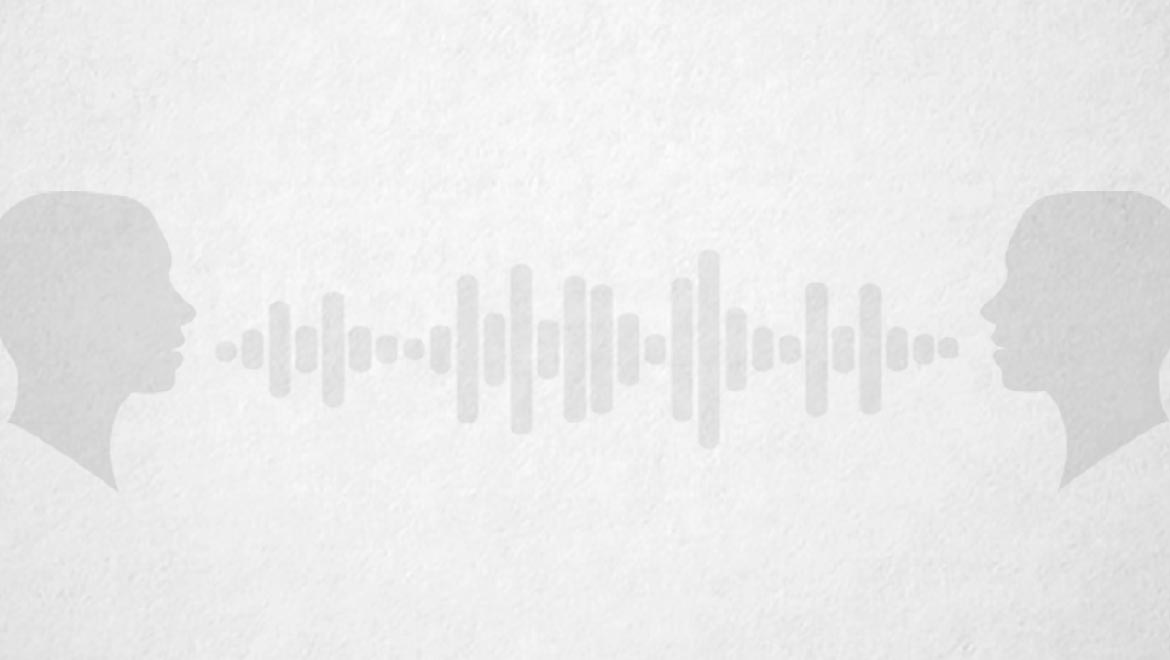The reflections from in-wall speakers acts as an infinite baffle, which is the opposite of the LX-mini, that has no baffle. Having no baffle support means destructing comb filtering from the speaker wall in frequency regions where the speaker radiates backwards. You are efficiently creating a second sound source behind the speaker, with sound arriving later. A speaker flush with the wall is not creating another sound source.This is a myth - theres always gonna be some early reflections on the wall, even from in-wall speakers, like If you throw a rock into the water and theres gonna be some waves. This sound defect can be fixed with a lot of damping material on the wall.
Further - the flawed stereosystem really needs som late reflections from walls so for the best result freestanding speakers is the way to go - my experience.
Reflections from the other walls are natural since a natural sound source like a human voice or instrument is also reflected from those walls. As I noted in other threads, the only wall which is not natural in a sense is the speaker wall when it comes to stereo. If I remove the wall and place the musicians in the room behind it, I could sit and listen in my room to those musicians. But since I have a recording and two speakers against that said wall, I have the choice to make the speaker wall to become acoustically invisible to open up for the virtual room behind the wall. Perhaps, and I am speculating, it is so that reflection from such wall will confuse speaker location cues. However, this is IMO just artificial additions to the illusion. I prefer to open up the wall and imagine the musicians standing in front of me, in the next room instead. So speaker should not have any primary reflections from that wall other than in-phase support for bass frequencies.

